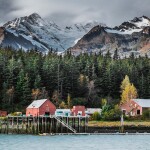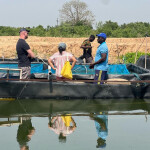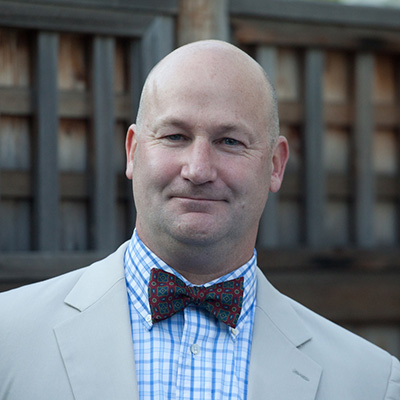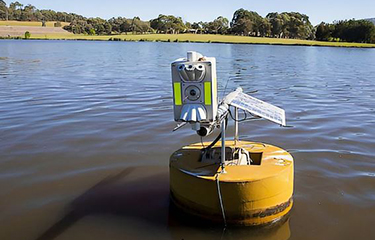A new project, AquaWatch Australia Mission, will provide close to real time water quality monitoring and forecasts aimed at improving seafood production and aquaculture management in Australia.
AquaWatch Australia will combine data from water sensors and satellites before applying computer models and artificial intelligence to provide better data in South Australia’s Spencer Gulf, considered Australia’s “seafood basket” for its fecundity. The area provides much of the country’s seafood, and CSIRO – Australia’s national science agency – hopes to use the technology to assist local seafood farms.
With initial testing now complete, AquaWatch Australia has begun collecting data to help the area’s aquaculture industry predict harmful marine events, including algal blooms, according to CSIRO Senior Scientist Nagur Cherukuru.
“The Spencer Gulf is called ‘Australia’s seafood basket’ for good reason,” Cherukuru said. "The region’s aquaculture will put seafood on the table for thousands of Aussies these holidays, with the local industry’s production worth over AUD 238 million [USD 161 million, EUR 147 million] a year. We’re reaching out to the industry to be early adopters of AquaWatch, allowing them to monitor and forecast water quality as we build the system.”
The test in the Spencer Gulf was a partnership between CSIRO, SmartSat CRC, and the South Australian Research and Development Institute (SARDI). Due to the significant growth of aquaculture in the region, the partnership was necessary to implement water quality monitoring at a scale to support ecologically sustainable growth in the region, SARDI Oceanographer Mark Doubell said.
“The delivery of real-time data and improved satellite observations on water quality provides new information that complements existing operational oceanographic models to inform on the ecologically sustainable use and development of our precious marine systems,” Doubell said.
The Australian Southern Bluefin Tuna Industry Association (ASBTIA) also sees value in the new program. ASBTIA Research Scientist Kirsten Rough said the Spencer Gulf is a great area for aquaculture because it typically enjoys good water quality that fosters the growth of healthy fish.
“In certain conditions, algal blooms can form, which threaten our stock and can cause significant losses for the industry,” Rough said. “Whilst we do monitor water quality, it’s currently time-consuming and labor-intensive. Real-time monitoring means we can scale up surveillance and adjust feeding cycles. Early warning forecasts would allow for planning decisions like moving pens out of the way of harmful algae.”
In the next phase of implementation, CSIRO also hopes to work with Traditional Custodians and industry partners to help co-design and extend monitoring of Spencer Gulf water quality and provide the data to relevant stakeholders.
Photo courtesy of CSIRO







